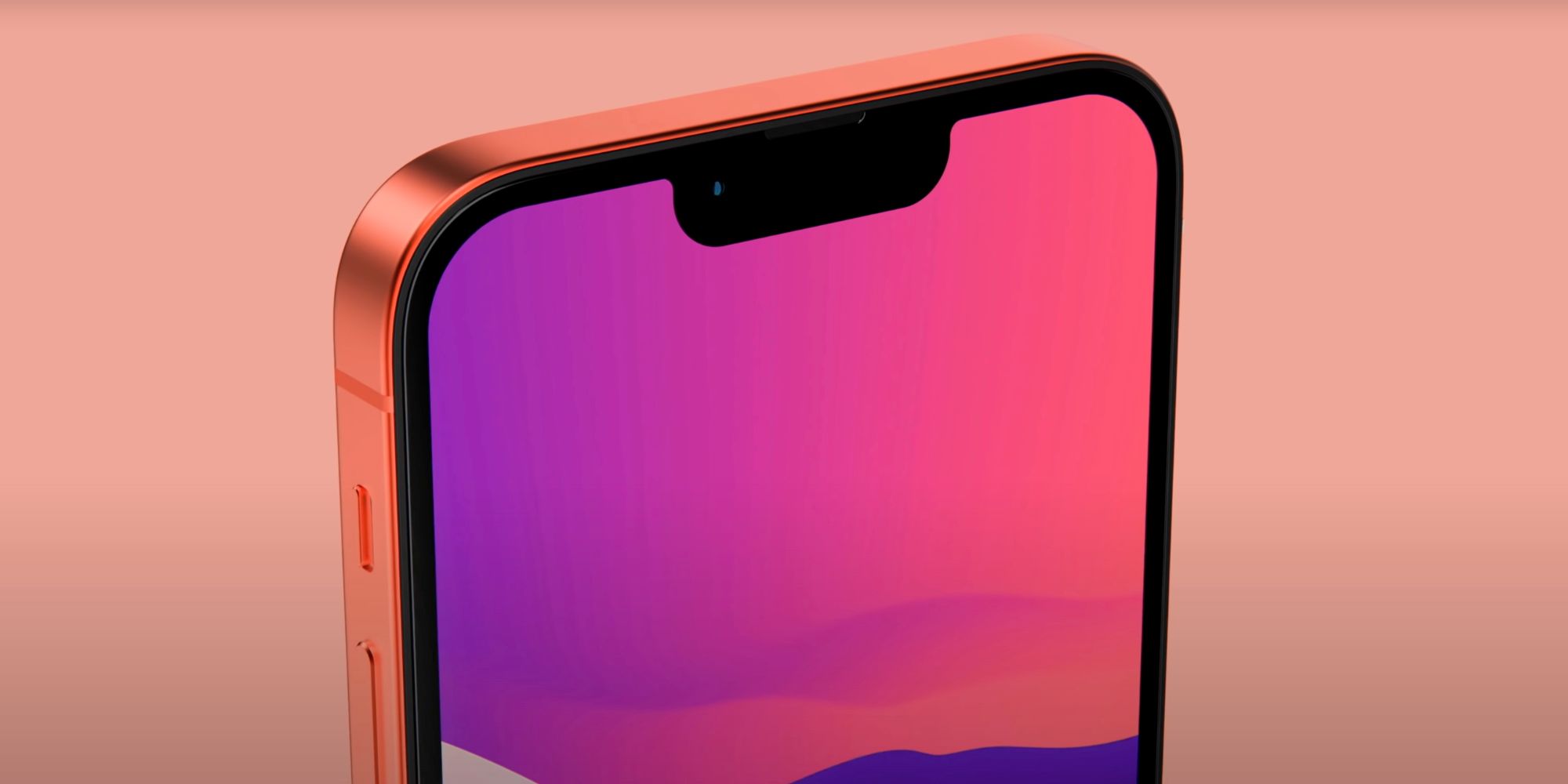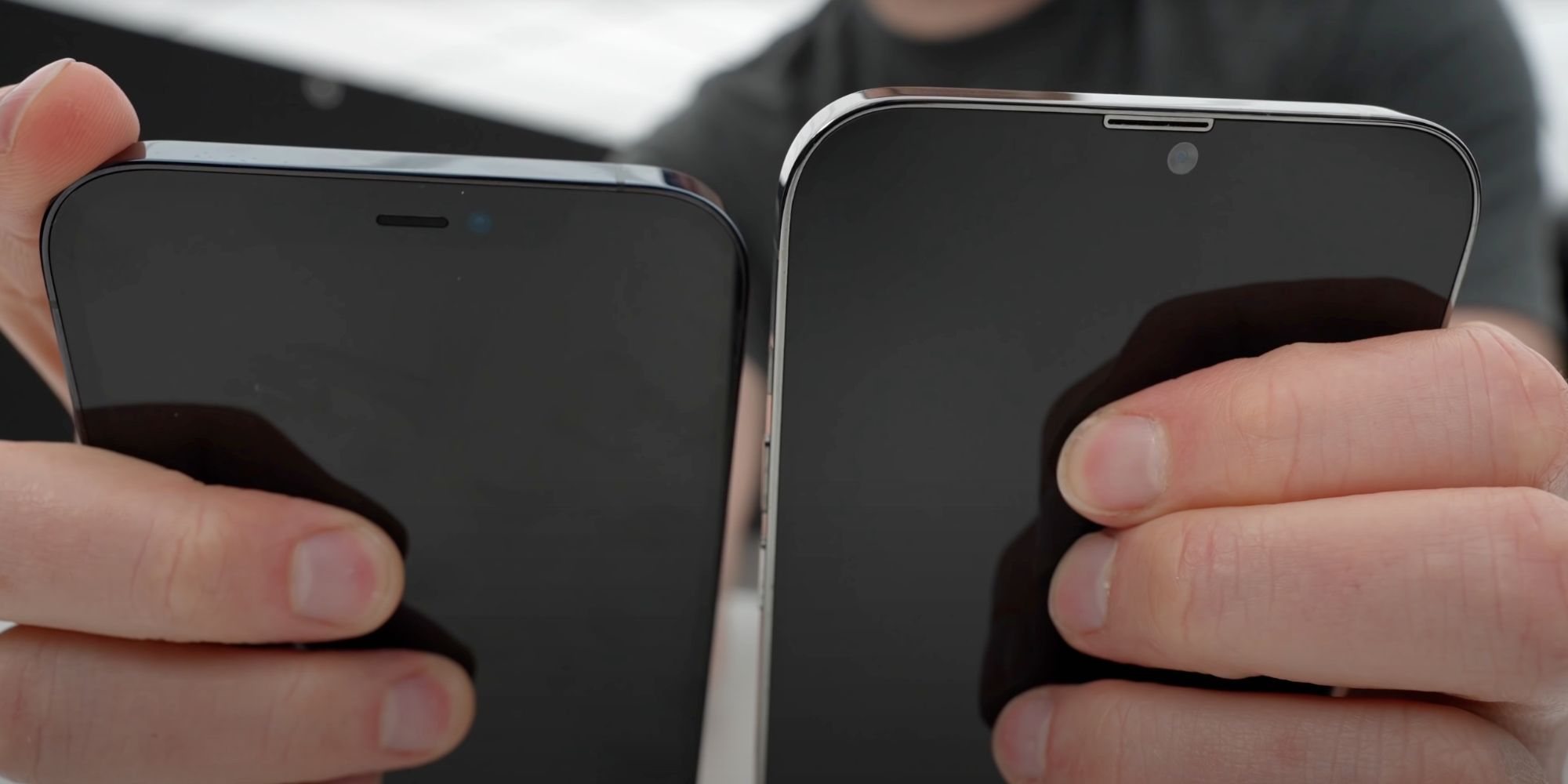Rumors strongly suggest that the upcoming iPhone 13 will feature a much smaller notch than ever before — all without taking away any of the current functionality of Face ID. How exactly is Apple expected to achieve this? A couple of specific leaks have provided a clear idea of how the company will pull it off.
Apple releases a new iPhone every year, and for 2021, it'll be the iPhone 13. A total of four models are expected this time around, including the iPhone 13, iPhone 13 mini, iPhone 13 Pro, and iPhone 13 Pro Max. Among upgrades like a new A15 processor, 120Hz displays for the Pro variants, and improved cameras, Apple is anticipated to reduce its Face ID notch size. The notch design has remained virtually the same since the iPhone X from 2017, but for the iPhone 13, some much-needed change appears to be on the way.
Plenty of renders and hands-on photos have showcased the iPhone 13's smaller notch, and while that's exciting enough on its own, it's just as important to understand how that's going to happen. Apple will pull this off in two main ways, the first of which being reduced die size for the VCSEL chips required for Face ID's 3D sensors. According to a report from DigiTimes, the die sizes should be reduced between 40 and 50 percent compared to the iPhone 12. In addition to reduced components, Apple is also apparently moving the placement of the earpiece speaker — with it going from the center of the notch to the top frame of the iPhone 13. This was showcased in a hands-on video of a dummy model of the iPhone 13 Pro Max, and the difference in size compared to the iPhone 12 is immediately apparent.
What A Smaller iPhone Notch Means For Users
What makes all of this even better is that the iPhone 13's notch is expected to function exactly the same as all previous models. Even though some of the internals could be reduced by half their previous size, Face ID should continue to be as fast and accurate as it is today. That'll be quite the accomplishment if Apple can pull it off, and based on everything that's been shared, it looks like it will.
Along with familiar functionality, the smaller footprint also means that users will get more display area that isn't hidden by the notch. While the difference won't be big enough to change the interface or how apps work, it's still extra space that wasn't previously there.
Last and possibly least important for most people, the smaller notch should give the iPhone 13 a different aesthetic compared to previous models. It'll still be a notch with Face ID, but it'll also be easy to spot as the latest iPhone in stores or if a friend has it. So many of Apple's design changes are done for the sake of making its new products look different than the old ones, and a smaller notch is certainly one way to do that.
Source: DigiTimes


